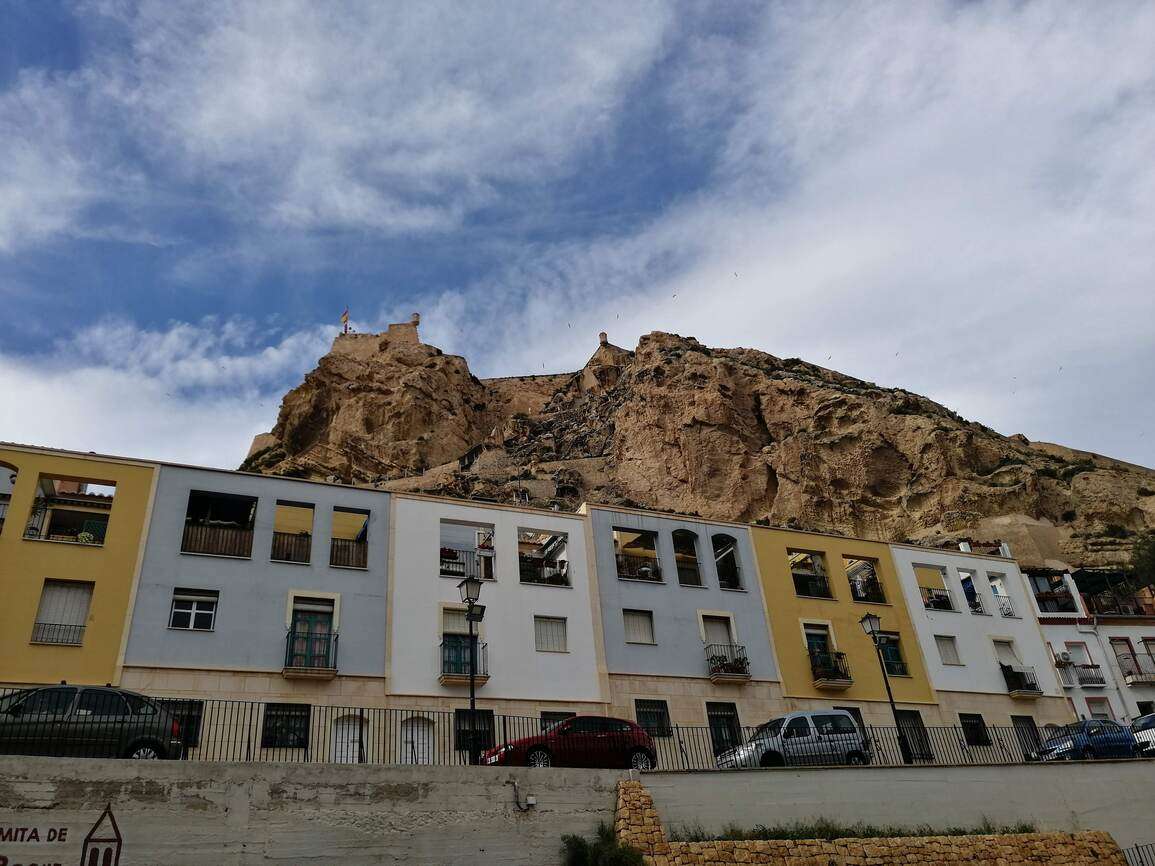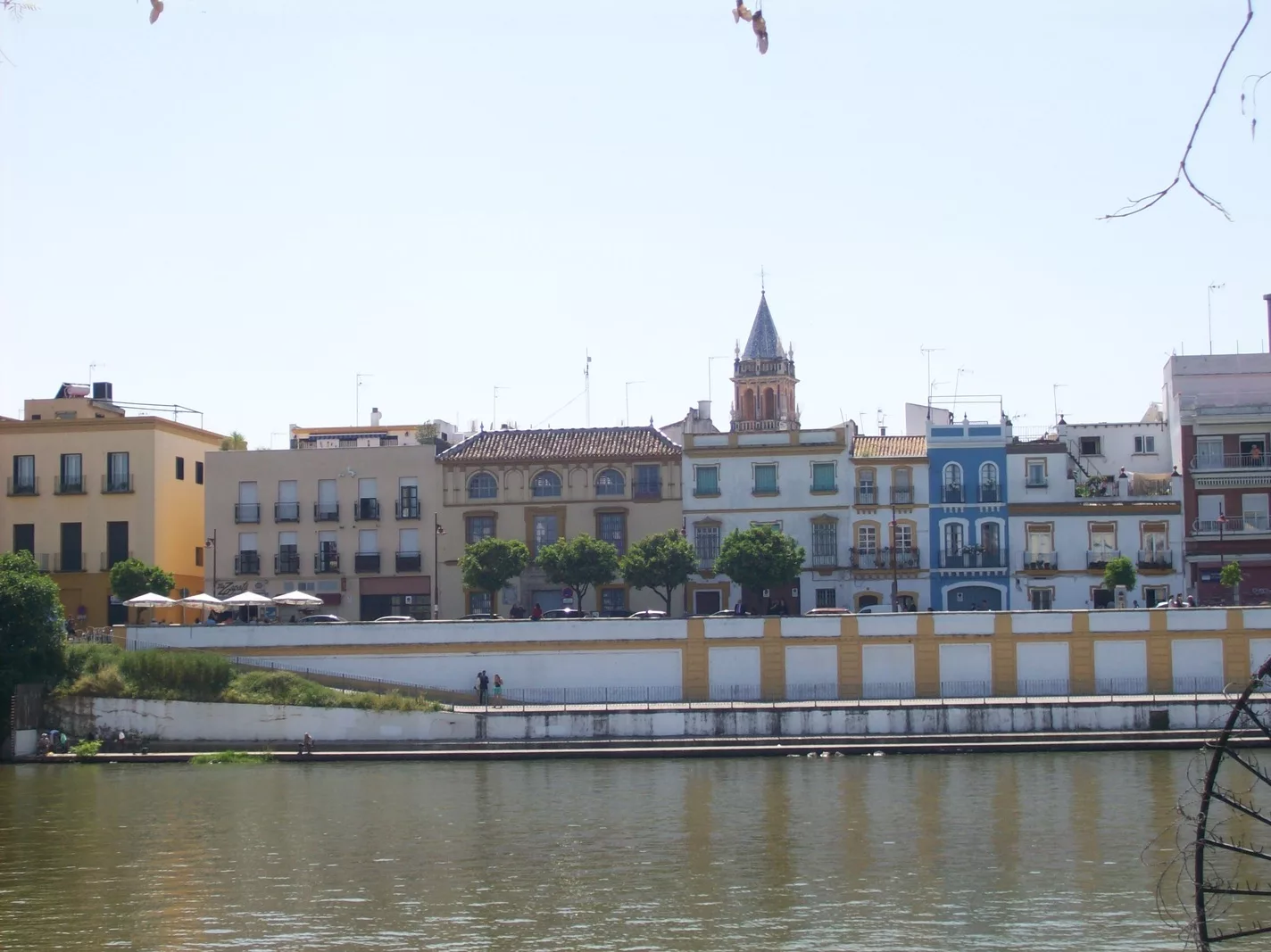Things to See in Brazil
When we think of Brazil, we inevitably think of Rio, its beaches, its inhabitants with perfect bodies, and evenings filled with samba. We often forget that Brazil is actually a continent-sized country with many facets, making it completely impossible to grasp in a single trip. Brazil is clearly a destination to visit multiple times to truly appreciate and know it. Unfortunately, most tourists have little time to explore it, so it’s necessary to focus on the essentials. So, what are the things to see in Brazil?
Useful information to visit Brazil:
Brazil in a nutshell
Things to see in Brazil
Honestly, in this blog article, we will discuss only a tiny part of Brazil. These are the main places I recommend for a first trip, but keep in mind that there are many more destinations to discover. What are the things to see in Brazil?
3 excursions to visit Rio de Janeiro
Rio de Janeiro, the essential destination.
Places you can't miss
Pao de Acucar

Ipanema Beach
Rio is also a sought-after destination for its long beaches and their unique atmospheres, especially on weekends when locals decide to enjoy the sun.
While Copacabana remains one of the most popular beaches, I prefer Ipanema beach. Less crowded, it stretches for 2.6 km and offers a unique view of the Dois Irmaos mountain.

Botanic Garden
It’s definitely my favorite place in Rio, and yet tourists often overlook this magical 137-hectare site divided into several sectors.
Nearly 8,000 species of plants from Brazil and around the world thrive in this botanical garden, which will transport you to another world.

What to do around Rio?
The options around Rio are plentiful, with charming villages, paradisiacal beaches, and captivating nature, but here are 2 must-sees with very different profiles.
Paraty

Arraial do Cabo
A true paradise for beach lovers and underwater enthusiasts, Arraial do Cabo is a destination that surprises tourists from the very first moment with the clarity of its waters. It’s clearly the dream destination if you enjoy water sports and relaxing on the beach.

Salvador de Bahia, the colorful city
3 excursions to visit Salvador de Bahia
Places you can't miss
Pelourinho

Farol da Barra

Ascensor Lacerda

ALSO READ: 25 reasons to visit Salvador de Bahia
What to do around Salvador?
The easygoing lifestyle of Salvador de Bahia will make you want to stay there for a long time. However, there are many nearby destinations worth exploring.
Morro de Sao Paulo
Morro de Sao Paulo is located on the island of Tinharé and offers truly picturesque scenes with its sublime beaches. Highly popular among tourists, especially domestic ones, it’s also a destination where you can experience Brazilian-style nightlife.

Itacaré
This former fishing village is also a highly popular destination for Brazilian tourists. With its dreamy beaches, it’s also a great starting point for exploring the area’s nature.
São Paulo, the concrete jungle
3 excursions to visit São Paulo
Places you can't miss
Sao Paulo Cathedral

Beco do Batman

Ibapuera Park

ALSO READ: Things to Do in Sao Paulo
What to do around São Paulo?
Often overlooked by tourists, the São Paulo region is nevertheless ideal for getaways between unusual monuments and natural destinations.
São Sebastião
This coastal city is perfect for a few days of relaxation at the beach. Many hiking trails also allow you to discover beautiful waterfalls.
Templo Zu Lai
Located in the city of Cotia, this Buddhist temple is the largest in South America. The perfect place to find some calm and inner peace.

Recife, the lively city of the Northeast.
3 excursions to visit Recife
Places you can't miss
Marco Zero

Parque das Esculturas

Boa Viagem Beach

ALSO READ: Things to Do in Recife?
What to do around Recife?
Recife has a rather limited tourist offer. However, it’s an excellent starting point to discover beautiful places nearby.
Olinda
The city lives up to its name, since in Portuguese “O linda” means “The beautiful”.
Its historic center, classified as a UNESCO World Heritage Site, is composed of charming colorful houses. It’s during the carnival that it’s most fascinating for tourists!

Porto de Galinhas
The former fishing port turned seaside resort is known for its natural pools. It’s possible to explore its reefs by swimming or walking.
Belo Horizonte, the Minas capital
3 excursions to visit Belo Horizonte
Places you can't miss
Praça da Liberdade

Parque Municipal Americo Renné Gianetti

street art
Like São Paulo, Belo Horizonte has adorned its walls with street art to discover while walking around the city with your head up.

What to do around Belo Horizonte?
The Minas Gerais region is a real gem for those who love tourist villages and breathtaking natural landscapes. There are so many options for getaways!
Tiradentes
This charming colonial village is a perfect weekend destination. In the past, it served as a base for gold mining exploration.
Today, it’s a destination where tourists admire its beautiful white houses, cobbled streets, and numerous churches.

Ouro Preto
You need to be in good shape to climb the numerous very steep slopes that make up Ouro Preto (Black Gold).
The city was founded in the 18th century by the Bandeirantes, gold prospectors. Today, tourists come to admire the beauty of its streets and churches.

How many days to visit Brazil?
Things to see in Brazil in 15 days
15 days in Brazil is clearly a minimum duration for visiting, but especially for enjoying the local life. To avoid rushing around because the distances are long, I suggest focusing on just 2 destinations.
- Rio de Janeiro: 4 days
- Paraty: 2 days
- Arraial de Cabo: 2 days
- Salvador de Bahia: 3 days
- Morro de Sao Paulo: 2 days
- Itacaré: 2 days
Things to see in Brazil in 1 month
If you stay 1 month in Brazil, I recommend enjoying each destination a bit longer and adding the sprawling city of São Paulo to your itinerary.
- Rio: 6 days
- Paraty: 4 days
- Arraial de Cabo: 3 days
- Salvador: 4 days
- Morro de São Paulo: 3 days
- Itacaré: 2 days
- São Paulo: 4 days
- São Sebastião: 3 days
- Templo Zu Lai: 1 day
Things to see in Brazil in 2 months
You might already know, but I’m a big fan of slow travel, so if you have 2 months, I suggest a very leisurely itinerary that includes the 5 cities discussed in this article.
- Rio: 9 days
- Paraty: 4 days
- Arraial de Cabo: 3 days
- Salvador: 9 days
- Morro de Sao Paulo: 3 days
- Itacaré: 3 days
- Sao Paulo: 7 days
- São Sebastião: 3 days
- Templo Zu Lai: 1 day
- Recife: 5 days
- Olinda: 2 days
- Porto de Galinhas: 2 days
- Belo Horizonte: 5 days
- Tiradentes: 2 days
- Ouro Preto: 2 days
If you have 3 months to spend in the country, you can add cities like Florianopolis, Brasilia, Natal, and why not take a trip to the Amazon?
What to eat in Brazil?
- Pasteis de feira
- Pao de queijo
- Açai
- Feijoada
- Coxinha
- Churrasco
- Acaraje
- Brigadeiro
- Tutu
- Quindim
- Empada
- Doce de leite
- Esfiha
- Moqueca
- Vatapa
- Mugunza
- Tapioca
- Bolo de noiva
When to visit Brazil?
How to get around in Brazil?
From one city to another
Of course, you can also choose to rent a car and enjoy the freedom to explore the country as you wish!
You can drive with your international license for a maximum period of 180 days.
In the cities
How to get a SIM in Brazil?
- Buy a SIM card from the stores of the 3 operators in the country for a hefty sum. Remember to bring your passport.
- Ask a local acquaintance to lend you their CPF number (Brazilian identification number) to activate the SIM card, which you can buy at pharmacies or newsstands. This allows you to enjoy the same rates as locals.
- Use an e-SIM that you can use anywhere in the world.
Is it dangerous to visit Brazil?
- Don’t walk in the streets at night. Always take a taxi or Uber.
- Keep your phone in your bag.
- Don’t wear visible jewelry.
- Inform yourself about the safety of different neighborhoods before choosing accommodation.
- If you’re walking, make sure to plan your route beforehand to avoid unsafe streets.
- Enter a store to check your phone.
- Avoid empty streets.
- Don’t go out in the city center of major cities on Sundays.
- If someone tries to rob you, don’t resist!
Be a digital nomad in Brazil
Be a responsible traveler in Brazil
- Use eco-friendly sunscreen.
- Pick up your trash on the beach.
- Be mindful of your water and electricity consumption.
- Frequent bars and restaurants run by locals.
- Opt for public transportation.
- Shop at the market.
- Buy seasonal products.
- Learn about waste sorting rules.
- Take your restaurant leftovers to avoid them ending up in the trash.
- Learn a few words of Portuguese.
Feel free to share this article on Pinterest to assist other travelers!



post a comment cancel reply
This site uses Akismet to reduce spam. Learn how your comment data is processed.




